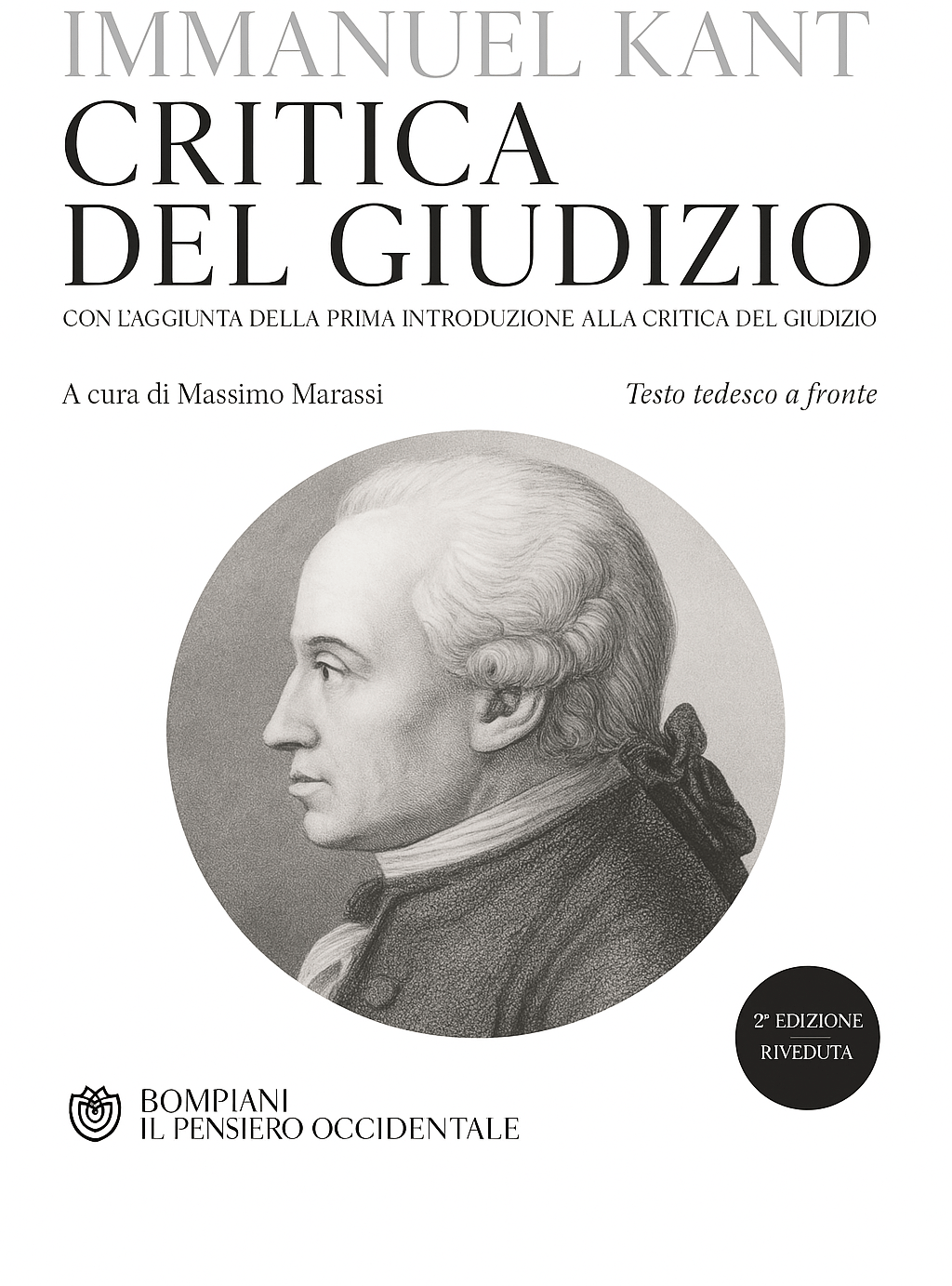Kant and the Shape of Freedom
Kant writes, “The beautiful is that which pleases universally without a concept.” In this simple statement lies a revolution: beauty is not bound by rules or categories, but emerges from a feeling that, though subjective, aspires to universality.
BOOK ON MY TABLE
Charlotte Madeleine CASTELLI
10/2/20253 min read


Some books remain enigmatic, as if they demand time and devotion before unveiling their essence. Immanuel Kant’s Critique of Judgment is one of them: a work that does not welcome the reader with immediacy, but challenges them, forcing a pause, a surrender to the slowness of thought. Kant warns us from the outset that beauty cannot be reduced to rigid definitions. “The beautiful is that which pleases universally without a concept.” A statement that disarms with its apparent simplicity, yet carries within it an entire revolution: beauty does not rely on pre-existing rules or categories, but on a feeling that, though subjective, lays claim to universality. It is this tension—between the particular and the universal—that gives Kant’s theory its enduring power.
At the heart of his thinking lies the reflective aesthetic judgment, which does not apply ready-made concepts, but reflects on the harmonious play between imagination and intellect. “The judgment of taste is not cognitive, and yet it demands universality.” In the aesthetic experience, what is normally divided—sensible and rational—comes into accord, generating a disinterested pleasure. Fragile, and yet radical, because it suspends utility, interest, and function, to open itself to a freer form of sensibility.
Personally, I cannot help but recognize myself in this dynamic: my practice strives to create contexts where the gaze is not steered by prefixed concepts, but where the audience may exercise this Kantian freedom—to feel without possessing, to share without defining. Art, like aesthetic judgment, need not prove anything, and yet it opens spaces in which we recognize ourselves as a community.
One passage that strikes me most is Kant’s reflection on genius: “Genius is the talent (a natural gift) that gives the rule to art.” The artist does not follow established rules, but inaugurates new possibilities with each gesture. Kant insists: “Every fine art is the product of genius.” Such a statement risks exclusivity, yet it reminds us that art is never mere technical execution—it is always a founding act, the opening of worlds.
In my own work I see this founding role—not in creating artworks, but in constructing the conditions that allow the unprecedented to emerge. Curating becomes a relational art that feeds on the genius of others, but extends its resonance, generating spaces of aesthetic sharing.
Kant, in his attempt to order the arts, distinguishes between the arts of discourse, the visual arts, and the arts of sound. To poetry he assigns the highest place, as the art capable of expressing ideas in sensible form; to music he gives a lesser status, deeming it too tied to immediate pleasure and too devoid of concept. “Music… seems rather to be a play of sensations, which, although lively and varied, leaves nothing behind for thought.” A position that may seem reductive today, yet one that compels us to reflect on the role of ephemeral, performative, temporal arts.
I read this hierarchy as a fertile point of friction. Contemporary art has already dissolved such boundaries: music today is a total language, poetry breathes within images, sculpture becomes environment, painting expands into digital space. To reread Kant is thus to accept the challenge of thinking beyond categories, transforming what for him was rigidity into radical openness.
From the Critique of Judgment emerges a core that touches me closely: art as an exercise in freedom. “Fine art is an art of freedom,” Kant writes. A freedom that is not arbitrary, but harmony between inner necessity and invention. Here I find the matrix of my curatorial philosophy: not to impose rules, but to make this freedom visible, to create conditions in which the spectator may exercise their own judgment without constraint.
Returning to Kant today means defending art from the risk of being reduced to consumption, market, entertainment. It means affirming once more that its power lies not in producing utility, but in generating a space where imagination can still surprise reason.
To leave the Critique of Judgment on my table is not an act of nostalgia, but a reminder that art is never a mere image—it is a critical space, a place where the very form of freedom is decided.
© Charlotte Madeleine Castelli | All rights reserved